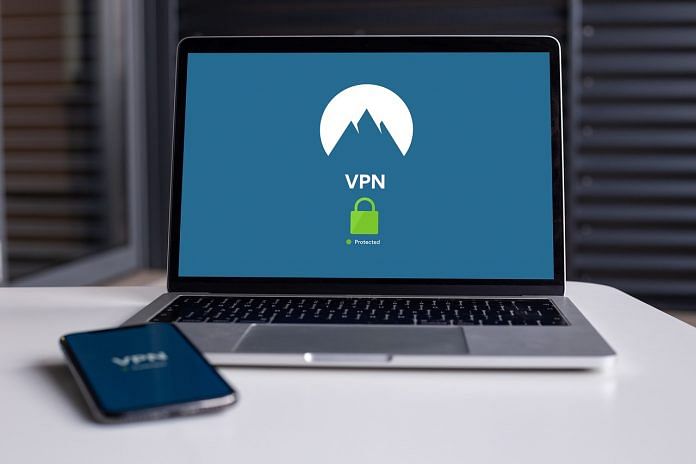Covid-19 is forcing business leaders to adapt operating models faster than ever before to ensure existential survival. The large-scale adoption of work-from-home technologies, exponentially greater use of cloud services and explosion of connectivity allow companies to continue operations even with social distancing and “stay at home” orders.
However, the paradigm shift is putting immense pressure on cybersecurity operations. As organizations are making extraordinary efforts to protect their workers and serve their customers during the pandemic, exposure to cyberthreats is increasing significantly.
Cybersecurity operations are facing tremendous challenges:
- Working from home has opened multiple vectors for cyberattacks through the heightened dependency on personal devices and home networks.
- Social engineering tactics are even more effective on a distracted and vulnerable workforce.
- Security Operations Centers (SOCs) have been designed to look for anomalous behaviors; today, SOCs are operating with impaired visibility because everything looks anomalous.
- Critical business assets and functions are significantly more exposed to opportunistic and targeted cyberattacks by criminal organizations and nation states seeking to exploit vulnerabilities and plant seeds for future attacks.
- Public-sector services such as hospitals and healthcare services are under acute pressure and have been hit particularly hard by new types of ransomware aimed at disrupting connectivity and denial-of-service attacks.
The security and privacy flaws discovered on the popular Zoom video conferencing application are a reminder that innovative entrepreneurs and businesses both have a role to play in reducing exposure to cyberattacks.
Also read: WFH as an alternative is fine, but we shouldn’t make it a permanent solution just yet
Security bugs and privacy-abusing practices are not new, but have been exacerbated by the growing demand for cost-effective and just-in-time solutions, along with the pressure to digitize and innovate quickly to keep ahead of competition, increase operational efficiencies, improve customer experience and improve business decisions with enhanced analytics.
In the COVID-19 context, cybersecurity leaders must strike a critical balance between security and privacy, time to operations and market, cost and convenience.
Within organizations, cybersecurity leaders need to take a stronger and more strategic leadership role. They need to move beyond being compliance monitors and enforcers to better integrate with the business, manage information risks more strategically and work toward a culture of shared cyber-risk ownership across the enterprise.
There is no silver bullet. To ensure that cybersecurity is a fundamental component of the business operating model and culture, the following questions will foster effective conversations between business leaders and Chief Information Security Officers (CISOs):
- Have roles and responsibilities related to cybersecurity been clearly defined and communicated at every level of the organization up to the CEO and Board?
- Do business leaders understand the cybersecurity risks they are accepting?
- Are technology solutions designed, integrated and operated with security and privacy in mind?
- Does the business incentivize the adoption of secure-by-design-and default practices on the businesses and products in which it invests?
- Are third-party risks managed effectively?
The daunting challenge for CISOs is protecting the organization’s digital infrastructure and assets while enabling operations without interruption. For example, cybersecurity teams must adjust security programs and risk management practices to enable the massive shift to work-from-home tools and fast adoption of cloud services. At the same time, they must make it possible for security team members to look after themselves and their families during a health crisis.
This article was first published in World Economic Forum.
Also read: Google allows work from home till end of 2020, to give $1,000 allowance to each employee



